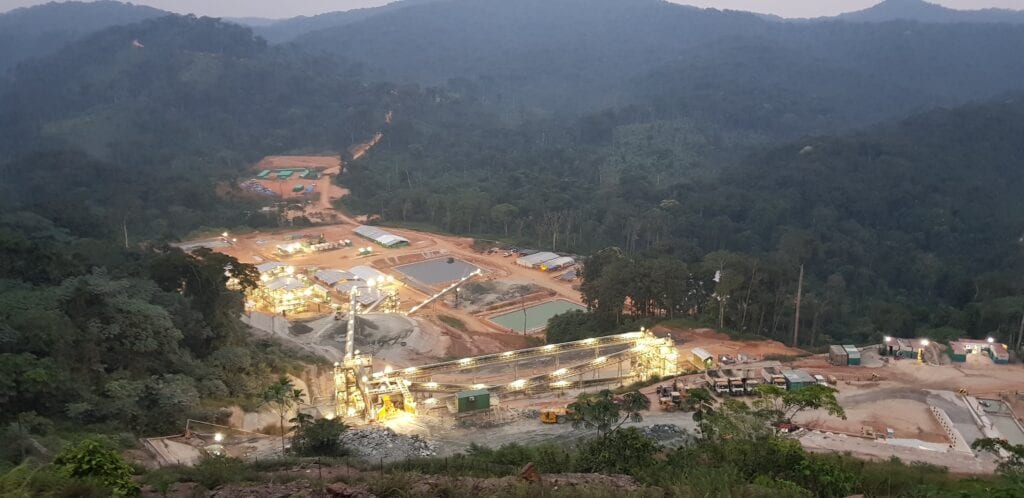Alphamin Resources has been making good use of the high tin prices, according to its latest quarterly update.
The company sold 3,351 tonnes of tin-in-concentrate at a realised price of US$ 23,083/tonne. This was a significant improvement over the final quarter of 2020, with sales increasing 45% and the tin price 25% higher.
Weather in the Democratic Republic of Congo, where the mine is located, can be challenging in the latter stages of the year. Rainfall, which can regularly reach 2m in some parts of the country, can wash away some roads, particularly in more rural areas. Last year, the weather was particularly poor, resulting in logistical constraints which affected Q4 sales volumes.
Thanks to the higher prices and greater sales volumes at the start of this year, Alphamin has raised its EBITDA guidance to US$ 36.5 million. This is some 118% higher than in Q4 2020 and a new record for the company. With tin prices currently trading even higher than the realised price during the quarter, it is likely that the company’s cash flow will remain high.
In terms of production, Alphamin processed more ore than in Q4 2020, but failed to produce as much tin due to a lower grade. White the company acknowledges that the tin content of the ore can be variable – having dropped 9% to 3.8% Sn – it believes it is on the right track. Long-term, the average grade of the mine averages 4% Sn, in line with the Reserve Grade of the project.
Despite such positive results from the initial mine, Alphamin is continuing to develop the Bisie project.
Drilling work at the Mpama South orebody is already underway. The company has already completed around 6,700m, with an additional 8,000m planned. Upon completion of the drilling work – hopefully by August 2021 – the company aims to produce a maiden resource for the project by the end of the year.
Exploration work to extend the life of mine at Mpama North was originally scheduled to begin after work at Mpama South had finished, but Alphamin has brought it forward to May 2021. Currently, the extent of the orebody has only been confirmed to around 400m in depth. This work aims to extend this both at depth and along strike.
Finally, two drilling targets – Marouge and the V – have been identified further along the Bisie Ridge. A geochemical soil sampling program is underway to identify drilling targets by Q3 2021.
Our view: 2021 has started positively for Alphamin. Although the company did not produce as much as in previous quarters, it was able to make use of improved logistics and prices to deliver significant tonnages to the global tin market.
With higher prices likely to remain for much of the year and the company looking to commission its Fine Tin Recovery Plant in June, Alphamin is likely to continue to post positive economics in 2021.



